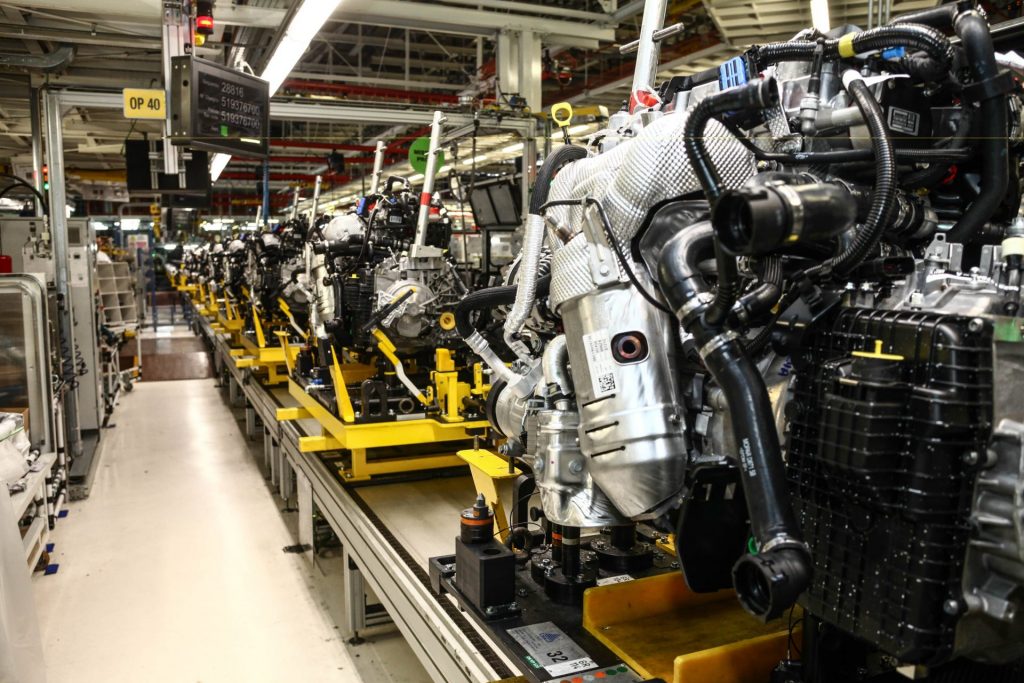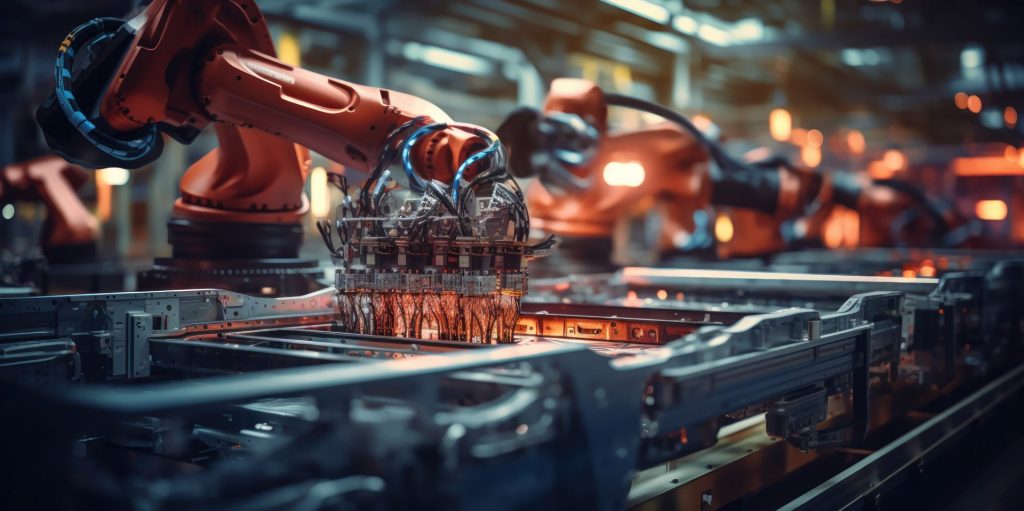In the modern era of industrial production, automation plays an increasingly significant role in enhancing efficiency, precision, and speed in assembly processes. Among the various technologies used, the pick & place system stands out for its effectiveness in optimizing the assembly line. In this article, we will examine its importance for industrial automation, with a particular focus on the role of pick & place robots and the advantages of their use.
What is Industrial Automation?
Industrial automation refers to the use of technological systems and software to perform production activities without the need for direct human intervention. These systems may include robots, sensors, CNC machines, and advanced software to monitor and manage production processes. The main goal of industrial automation is to improve efficiency, reduce errors, and increase overall productivity.
The Role of Assembly in Industry
Assembly is a critical phase in the production of any product: it involves the composition of separate parts to create a finished product. In an increasingly complex and global industrial context, the efficiency and precision of assembly are crucial to ensure the competitiveness of companies. Therefore, automating assembly becomes fundamental because it improves the precision and speed of this process while reducing operational costs and the risk of human errors.
How Pick & Place Works
Pick & place is one of the most widely used automation technologies for industrial assembly. This system involves the use of robots or specialized machines to “pick up” parts or components from one location and “place” them accurately in another. The process is guided by advanced software that allows the robot to identify, grasp, and move objects with extreme precision.
Pick & Place Robots
Pick and place robots are the beating heart of industrial assembly automation. These intelligent machines are designed to precisely grasp parts or components from a pickup area and position them with maximum accuracy in another designated location. Equipped with mechanical arms, suction cups, or specialized grippers, these robots can perform repetitive tasks with unmatched speed and precision compared to manual labor. Thanks to their advanced algorithms and ability to adapt to different types of objects, pick & place robots play a fundamental role in optimizing production processes, ensuring greater efficiency and consistency in the industrial assembly line.
On the other hand, robotic islands represent another evolutionary step in industrial automation, creating fully automated environments where robots can operate autonomously, thereby contributing to improving productivity and reducing production times.

The main components of a pick & place robot
The operation of a pick and place robot involves three fundamental parts that coordinate the process of collecting and positioning items:
1. Vision System
The vision system represents the first step in the pick and place automation process. This system allows the robot to identify items and acquire the spatial coordinates of each product. Using cameras and advanced sensors, the vision system analyzes the surrounding environment and recognizes objects to manipulate. This information is then transmitted to the control system to guide the robot’s actions with precision.
2. Gripping System
Once the items are identified, the robot uses a gripping system to pick them up and place them in the desired area. This gripping system can use various techniques, including product suction through a vacuum handling system, which represents a simple and fast method, or the use of mechanical grippers that offer greater precision but may be slightly slower. The choice of gripping system depends on the specific needs of the production process.
3. Control System
The control system, often managed by a PLC (Programmable Logic Controller), represents the brain of the pick and place robot. This system allows programming the robot to correctly perform the operations of collecting and positioning items. Through programming, paths are defined to collect and deposit products accurately in the desired area. The PLC also manages the electromechanical processes of the robot, ensuring efficient and reliable operation of the entire automation system.
The Advantages of Pick & Place
In an increasingly competitive industrial landscape, assembly automation has become a necessity for companies wishing to maintain a competitive advantage. Investing in technologies like pick and place offers numerous advantages, including increased productivity, better product quality, and reduced operating costs. The integration of automated systems not only improves overall efficiency but also allows companies to more efficiently and reliably meet customer needs. Below are the main advantages of pick & place:
Precision and Consistency:
Pick & place eliminates human errors and ensures precision and consistency in component assembly. This leads to high-quality end products and minimizes the number of defects.
Speed and Efficiency:
Thanks to its automated nature, pick & place can perform assembly operations at a much faster rate than manual labor. This results in increased productivity and faster delivery times.
Cost Reduction:
By automating the assembly process, companies can reduce operating costs associated with manual labor, such as wages, training, and downtime. This leads to an overall improvement in company profitability.
Flexibility:
Pick & place systems can be easily adapted to handle a wide range of components and products. This allows companies to quickly adapt to changing market needs without making significant changes to equipment.

LCS Automation: The Best Option for Automation
LCS Automation is the company within the LCS Group that specializes in comprehensive automation, managing complete projects related to the production process, robotic lines, and industrial electrical systems.
At our Piedmont locations in Rivalta di Torino and Borgone di Susa, we focus on mechanical design and the development of robotic islands and specialized machinery for quality control and process optimization.
Contact us without obligation: together, we will identify the best solutions to automate your company efficiently and reliably.



